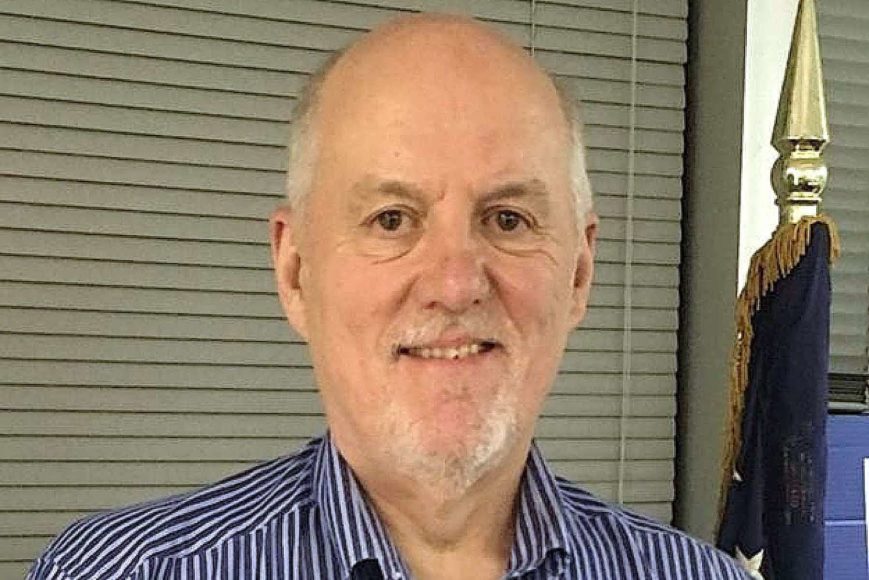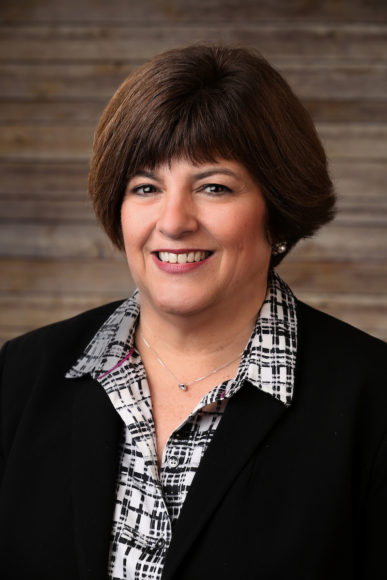While Stamford traces its roots back to 1640 when Chief Ponus of the Siwanoy Native Americans deeded the land, perhaps unwittingly, to Capt. Turner of the New Haven Colony, it took more than 300 years for the current form of representative government to come into being.
On Nov. 4, 1947, voters approved a new charter for Stamford that established a 40-member Board of Representatives to function the way many city councils do in other communities. Almost two years later, on April 15, 1949, the first members of the board were sworn in and started conducting the city’s business, including enacting ordinances, adopting budgets, approving leases and contracts and approving personnel appointments.
According to the National League of Cities, city councils range in size from four members to 51, with a national average of six. Los Angeles has a city council of 15. In Dallas, there are 14 council members. Boston has 13 on its council and Hartford has nine. It’s New York City that leads the pack with 51 city council members while Portland, Oregon, has just four members.
Stamford’s structure of 20 districts, each with two elected members serving on its Board of Representatives, is seen by many as helping ensure that constituents can easily have their views and voices heard.
“As president of the Board of Representatives, I lead a group of 39 other people, our legislative branch here in Stamford, and I also am considered deputy mayor in case the mayor is out of town or unavailable for one reason or another,” Jeff Curtis tells WAG.
Curtis, a Democrat, was elected president of the board last December by a 21 to 19 vote. The board is dominated by Democrats and has only four Republican members. The tight vote was an indication that Stamford’s deliberative body is unlike some others where one party dominates and members vote in unison as a result of political arm-twisting.
Just before the vote that elevated Curtis from a representative of District 14 to board president, the Democratic caucus chose District 8 Representative Nina Sherwood as majority leader by a tight vote of 19 to 17. The four Republicans on the board reelected Mary Lisa Fedeli of District 17 as their minority leader.
Curtis notes that he did indeed serve as mayor when Mayor Caroline Simmons gave birth to a son in late January, the third child for Simmons and her husband, former Connecticut State Sen. Art Linares. (See cover story on Page 12.)
“We are dominated by the Democrats. I have actually served on boards of representatives in the past where the numbers have not been so one-sided, and I’ve experienced boards where the balance was a little more even, not 36 to four as it is right now,” Curtis says. “There may be some items that get moved through because of our numbers, but there are other times when there is a lot of discussion, different ideas among our caucus and sometimes that can slow things down.”
Curtis said that he doesn’t expect the Board of Representatives, no matter what the numbers are, to be a rubber stamp for the city’s administration.
“I believe that we should support the administration when we feel that it’s heading in the right direction, and if we have an issue with something that they’re doing or not doing, it’s incumbent upon us to bring it to their attention and open a conversation,” Curtis says.
He has lived in Stamford all of his life and finds it to be a vibrant place.
“I’ve seen the good and the bad over the years. I’d like to see, if we ever get out of this pandemic, Stamford return to some semblance of normalcy and continue moving in a direction that’s beneficial for everyone who lives in Stamford,” Curtis says. “I’ve always had an interest in serving and giving back to the city that I grew up in. We’re a vibrant, growing city.”
On the other side of the aisle, Minority Leader Fedeli tells WAG that she considers listening to be among the most important functions of her position.
“You listen to your caucus, you talk on their behalf, but it’s very important that as a leader you listen and form a strategy for what your party believes and wants to represent to the citizenry of Stamford,” she says. “I do wish there were more Republicans on the board. There still is vibrant discussion on our board. Even though the Democrats have a large majority, I don’t think everybody views things the same so the discussion is still there.”
Fedeli adds that a lot of what the board does is handled as a consent agenda, where members are in agreement ahead of time on issues so floor debate on specific issues is not necessary and items are passed with minimal fuss.
“I don’t really think the board gets partisan in a lot of issues,” she says. “The most partisan time of the year is when the budget hits, and I think that’s where you may see some divide and partisan issues may come out.”
She underscores that with the structure of two representatives in each district and 20 districts throughout the city, the representatives really do hear from their constituents. Land use issues and taxes rank high on Fedeli’s list of issues that need to be addressed. She says that Stamford will be going through a citywide property revaluation that will have an effect on homeowners.
“Keeping taxes at a reasonable rate is important. We want senior citizens and all people in Stamford to be able to afford to live here,” Fedeli says. “Keeping taxes and tax hikes down is important.”
She notes that substantial capital expenditures are needed to repair some school buildings. She also says that there are mixed views on whether the pace of new development in the city needs to be moderated.
“For myself, I think Stamford has benefited from the development. However, I do think there has been an awful lot of development in recent years and at a point I think we need to pump the brakes and take a look at development and see how things are progressing and take it a little slower in upcoming years, because it has put a bit of a strain on the infrastructure of the city,” Fedeli says. “I know development is important for the tax base, but at the same time, I think it add strains to the tax base. Smart development is better than just massive development.”
Majority Leader Sherwood says that it’s important to her that all board members help create a culture in which opinions, questions, conversation and compromise are fostered.
“There are a lot of people who viewed the role of majority leader in the past as a person who’s supposed to whip votes and barter and push people to vote a specific way,” she tells WAG. “I don”t believe that makes for better democracy.”
Sherwood emphasizes that she’s very passionate about a lot of issues but never questions anybody’s vote. She says she’s very comfortable with different board members having different philosophies.
She says that an important role of the citizens’ representatives it to make sure that Stamford is not dominated by the voices and wealth of developers and that citizens still can be heard.
“We have to get something in return for that development. The people who live in this city, who have lived here for generations…and the new people who live here — need to have a city government that is making decisions that better their quality of life. Unfortunately, I believe, oftentimes decisions are made that don’t better the quality of life of the residents.”
Sherwood says not only does the city have the inherent power to limit development if it chooses to do so, but it also has the power to require nonprofits that receive city funding to open their financial records for city inspection, which she thinks would be appropriate.
“In politics there’s this tendency to hold grudges and push people to do things. Leadership is often used as a bludgeon to push people to row in the same direction,” Sherwood says. “Fundamentally in my core, I’m a believer that government is not always going to be pretty, so if there are disagreements have those discussions. At the end of it you end up, hopefully, with a compromise and more people get represented.”
Sherwood says that when it comes to political divides, the board is less likely to be split by left-wing versus right-wing as is seen so often on the national scene than by being trusting of the city’s administration versus being skeptical.
“The role of the Board of Representatives by charter is checks and balances, to make sure that different departments in government are being held accountable” Sherwood says. “Money can’t be spent without the board’s approval. Appointments to boards and commissions can’t be finalized without the board approving. Any major and even some minor things that happen in the city have to be approved by at least a majority of the Board of Representatives. I take the responsibility of being checks and balances of a $630 million budget very seriously.”
For more, visit boardofreps.org.






